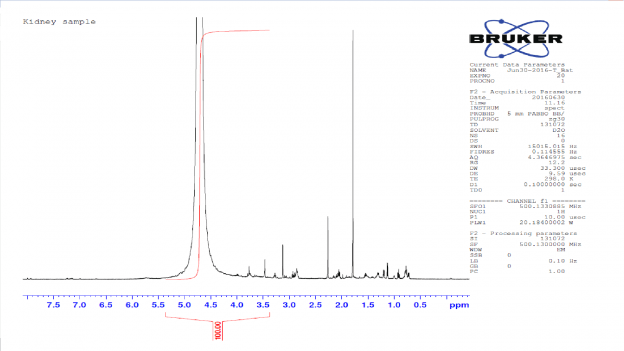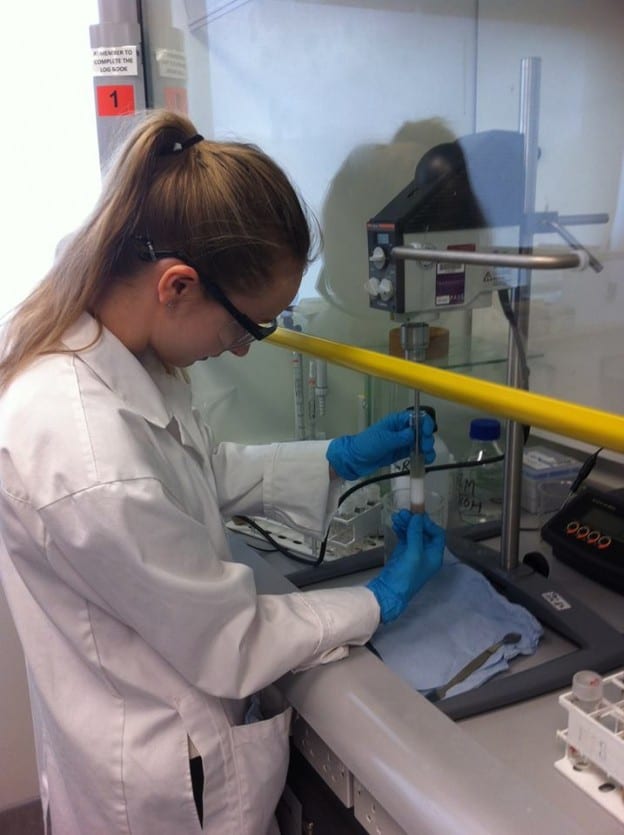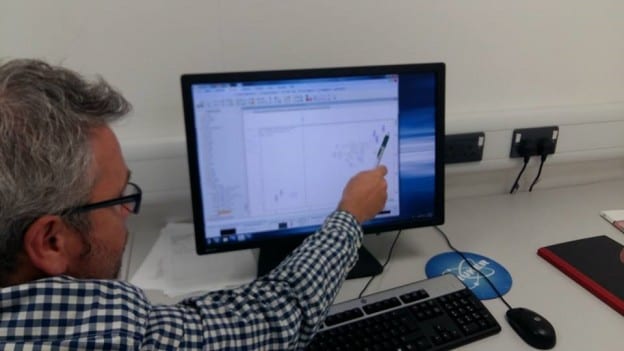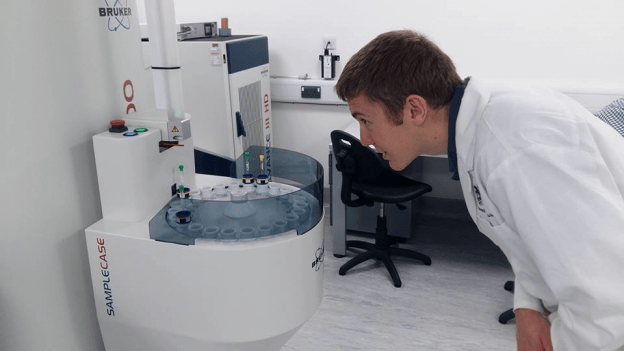Once the organ extractions were freeze dried, Dr. Prior instructed us in how to the NMR spectrometer to acquire proton NMR spectra of metabolites with the tissues we had extracted. NMR spectroscopy allows us to study metabolic processes using the technique known as metabolomics, which is the “systematic study of the unique chemical fingerprints that specific cellular processes leave behind”. The NMR spectra obtained allowed us to see metabolites within the tissue extracts, however a single metabolite can give rise to several different signals, from different parts of the individual molecules, such that a methyl group (–CH3) and a methoxy (ROCH3) group, potentially causing problems with identification. Continue reading



